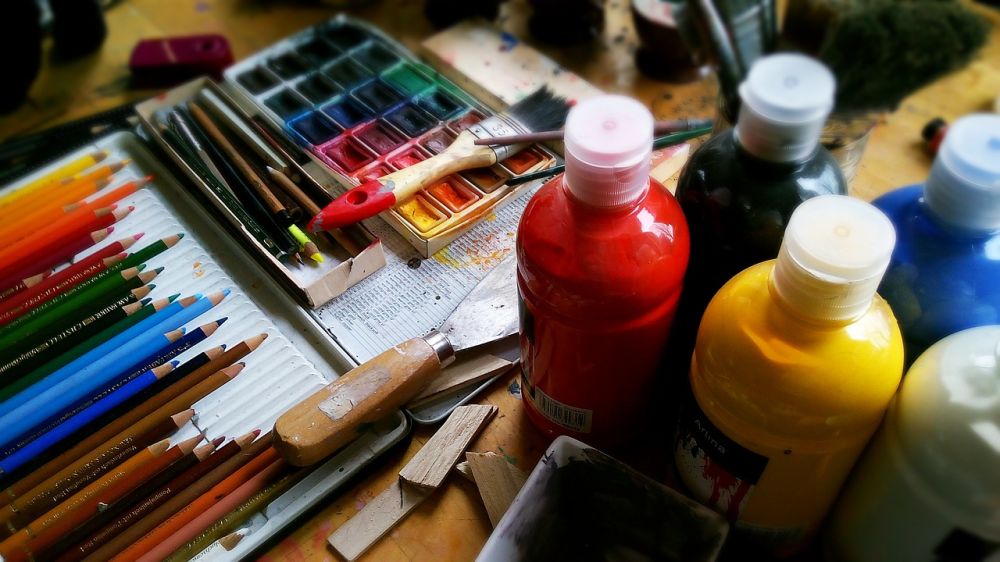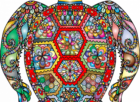Graffiti Konst: Exploring the Vibrant World of Street Art

Introduction
Graffiti art has evolved from being considered as vandalism to being recognized as a unique and captivating form of artistic expression. In this comprehensive article, we will delve into the world of graffiti art, explore its various forms and types, discuss its quantitative measurements, distinguish between different styles, and take a historical journey through the pros and cons associated with graffiti art.
Overview of Graffiti Art

Graffiti art is a visual art form that uses public spaces as its canvas. It encompasses a wide range of styles, techniques, and messages, making it a diverse and dynamic art form. The roots of modern graffiti can be traced back to the late 1960s in New York City, where it emerged as a form of protest and self-expression within marginalized communities.
Types of Graffiti Art
Graffiti art can be categorized into several types, each with its own distinct characteristics. Some popular types of graffiti art include:
1. Tagging: Tagging involves the use of a signature or ”tag” as the artist’s identifier. It is the most basic form of graffiti and serves as a way for artists to establish their presence.
2. Throw-ups: Throw-ups are quickly executed and often consist of bubble or block letters filled with two or three colors. They are usually larger in scale and are meant to be highly visible.
3. Murals: Murals are large-scale graffiti artworks that cover entire walls or buildings. They often depict intricate and detailed scenes, showcasing the artist’s skills and creativity.
Quantitative Measurements of Graffiti Art
Measuring the impact and popularity of graffiti art can be challenging due to its ephemeral nature and the inherent subjectivity of artistic appreciation. However, several quantitative measurements can provide insights into its reach and influence.
1. Social media presence: Tracking the number of followers, likes, and shares on social media platforms can indicate the popularity and engagement of graffiti artists and their works.
2. Exhibition attendance: The number of visitors to graffiti art exhibitions and festivals can serve as an indicator of public interest and appreciation for the art form.
Differentiation between Graffiti Styles
Graffiti art encompasses various styles that distinguish one artist from another. Some common styles include:
1. Wildstyle: This highly complex and abstract style focuses on intricate lettering, often enhanced by shadows, highlights, and 3D effects.
2. Stencil art: Artists create stencils to reproduce intricate designs and images quickly. This style allows for detailed and precise artworks, often with political or social messages.
3. Photorealism: Artists skilled in this style can create graffiti that resembles photographs, making their artworks visually striking and realistic.
Historical Overview of the Pros and Cons of Graffiti Art
Graffiti art has always evoked strong reactions and opinions, which have fluctuated over time. Historically, it has been seen as a form of rebellion, an act of defacement, or an expression of identity and culture.
Advantages of Graffiti Art:
– Offers opportunities for marginalized communities to express themselves artistically.
– Beautifies urban spaces and can contribute to community development and revitalization.
– Provides an alternative platform for artists who may not have access to traditional art institutions.
Drawbacks of Graffiti Art:
– Can be perceived as vandalism and defacement of private property.
– Can perpetuate a negative image of neighborhoods and lead to increased crime rates.
– Can be difficult to regulate and differentiate between authentic street art and vandalism.
Conclusion
Graffiti art is a multi-faceted and intriguing art form that has gained recognition and appreciation worldwide. Its diverse types, styles, and messages contribute to its allure and cultural significance. While there are challenges associated with quantifying its impact and navigating the line between artistic expression and vandalism, graffiti art continues to captivate audiences and push boundaries. Check out the video below for a closer look into the world of graffiti art.
[INSERT VIDEO HERE]











